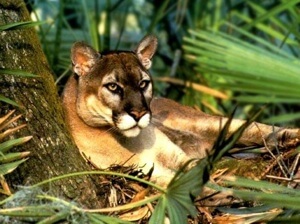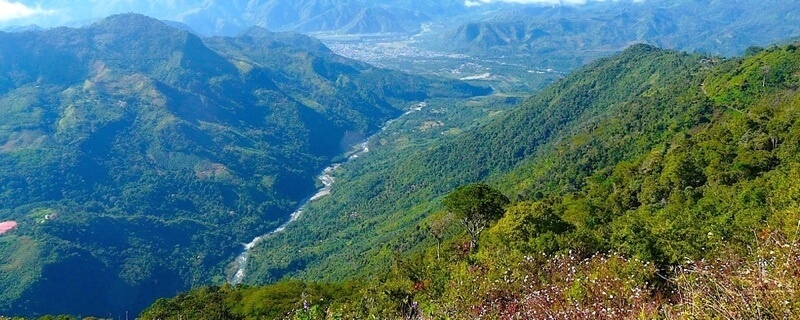 Improve family income and save the Puya Sacha forest
Improve family income and save the Puya Sacha forest
Extension and connection of separated forest areas through wildlife crossing corridors
The cloud forest Puya Sacha is still intact. Rare species such as the Andean cock-of-the-rock, the wooly monkey, the Andean bear, the quetzals and many more have their habitat there. Moreover, the forest consists of a flora that has an essential function to regulate the local climate. The cloud forests of the eastern Andes, such as the Puyu Sacha forest, produces humidity which then rises to the Amazon plain and is absorbed by the mountain forests. This way, it guarantees the stability of the hydrographic system, which regulates the Amazon Basin.
Necessity
Installing wildlife crossing corridors in order to keep and extend the habitat in the region around Puya Sacha forest.
Activity
Local NGO trains peasants in agroforestry and installs wildlife crossing corridors with local trees.
Countable effort
Amount of installed, monitored and controlled wildlife crossing corridors that could be financed through the project.
Result
Measurable recovery of wild animal stock and increased income for the inhabitants.
Systemic effect
Improving the economic situation of families, protection of biodiversity in the region, and increased awareness of the population for the protection of the environment.
Background
More than half of the inhabitants of the region around the cloud forest Puyu Sacha live in poverty and on subsistence agriculture (cultivation of coffee, bananas, citrus fruits, avocados and beans). When more land is needed because already cultivated land only yields poorly, forests are lumbered or whole forest areas are burnt down. Families primarily focus on their own survival. They do not know about ecologically sound methods of gaining new cultivation areas other than forest clearance in order to finance their poor living standards. Most families are not able to afford proper nutrition or even education under these circumstances. Forest clearance however reduces the habitat for the animals and plants. The Andean bear for example, requiring a large living environment, has been pushed back into a very small area. With our project we not only aim to protect the area by extending it through the corridors for wildlife crossing, but also improve the living conditions for the local population. The 300 families of the region will be trained to cultivate their land optimally by using ecologically sound methods and to achieve a better income through selling their products (especially coffee). They also learn how to better use the forest islands for their cultivation to grow local fruit trees whose fruits they can sell.
The good deed
With our project we aim to link and protect forest islands between Santuario Nacional Pampa Hermosa, the cloud forest Puyu Sacha, and Fundo Genova in the rain forest region of the province Chanchamayao (Lima). As a first step, we survey of the privately owned forest islands (300 ha altogether) in order to decide where the wildlife crossing corridors will be installed. Afterwards, experts will go on three expeditions into the cloud forest to collect seeds of local trees and multiply them in tree nurseries. The trees grown will be used to install the wildlife crossing corridors and link the separated forest areas. To ensure the sustainable protection of the area, a control and monitoring system will be introduced and three guards will be trained.
Challenge
Agricultural projects depend on favorable weather conditions. If weather conditions deviate from the normal weather in the region this can have negative effects on the progress of the project. Apart from that, a re-thinking within the population is necessary. This will be supported with trainings in combination with improved options to generate income.

AboutPeru
Lima
Capital
30.814.175
Number of inhabitants
6,674 USD
Gross domestic product per capita per year
129
Human Development Index
In Peru you can find the Nazca Lines of pre-Columbian times, pictures of animals and humans being scrabbled into the earth in the desert near Nazca and Palpa.
About the organization and further information
Association
PrimaKlima -weltweit- e.V.
DZI- Spendensiegel




